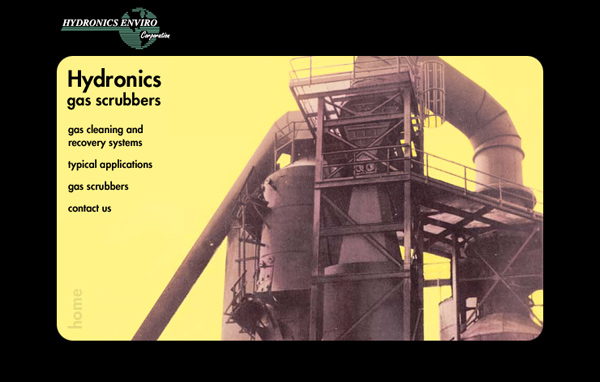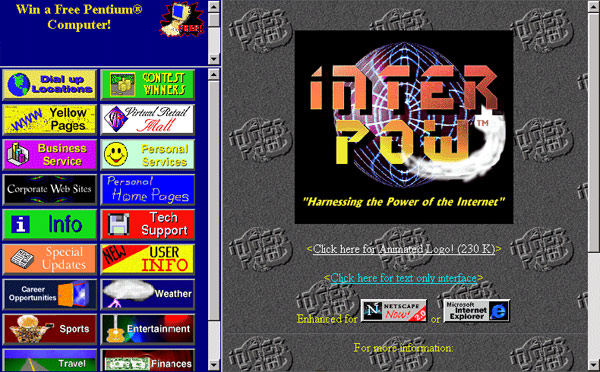Designing my approach to web design
October 26, 2019
As someone who has spent the majority of his professional career building and maintaining websites, I have played every role from cog in wheel to captain of ship. While I studied programming languages such as C, C++ and assembly language in college, I desired to produce a visual aesthetic in my work, not just code. Having dabbled in graphic design for years beforehand including crafting ANSI art for Bulletin Board Systems, the role of Web Designer, seemed very appealing — a blank canvas that would allow me to follow my passion for art and design while coding to build the foundation and control moving parts.
Growing up I was fascinated by album cover design, especially of hard rock and heavy metal bands. I enjoyed seeing how the logo and accompanying visual or illustration painted an impression on the music. And I appreciated how the choice of fonts in the lyrics and credits impacted the narrative of the album to create a cohesive and compelling package. If album cover design could immerse you more into the music, what other things could strong design immerse you into? This spawned my interest in logo design and branding and ultimately impacted my approach toward web design.
I incorporated these principles into my web design work and further developed them over the course of my career. While a Senior Web Designer at Music.com, I was given the opportunity to design websites, Flash animations and web art for upcoming and established music artists including Placebo, Lou Reed, Samhain, Tega and Sara and others.

After my position at Music.com expired, I aspired to paint the same level of excitement over band art design and branding, to more traditional design and branding. When I was commissioned to design a website for Hydronics Enviro Corp., a company that custom engineered solutions to remove and recover particulates, fumes and mist, it was as far from rock and roll as one could get. However, after I had time to review their brochures and learn about their technology, I could feel myself gaining the same level of excitement as I felt designing music websites. At the end of the day, one’s excitement over a service or product is only related to their individual needs or the needs of their organization. If I could garner a level of enthusiasm about a product, service or organization, no matter how not hip or square they are, I’ve done my job.
Was early web design ever good?
May 30, 2019
When I first began my career as a web designer, it was at InterPow. The year was 1996. The "World Wide Web" was in its infancy. 56k baud modems were the latest craze in turtleback Internet access. And as a web designer, that speed, or lack thereof, dictated that every image be unapologetically compressed and reduced into a small yet discernable pulp suitable for EGA graphics card “interpretation”. An elegant and methodically thought out design was reserved for print only. In this day, your lowest common demoninator was running Windows 3.1 with maybe the not most updated version of Netscape, or worse, Internet Explorer.
This is where my web design career began. And even in the year that followed, any effort to push the envelope was met with fierce opposition consisting of a barrage of incoming tech support phone calls complaining that our website was loading too slow. The user experience always required immediacy! I remember responding to the allegation by decreasing the size of the InterPow logo, so the page would load faster! The calls stopped.

Since InterPow was initially an Internet Service Provider, our clients were largely dialup users reaching the company website only as a starting point to advance into the unknown world that is not InterPow. If they couldn't successfully get through our website, the assumption was they couldn't get to the vast Internet beyond. Google? Sorry, it didn't exist.
Many website designs in the 1990s retained this distinctive character: small tightly compressed images, with Times New Roman or Arial content hovering loosely and sometimes unpredictably over an often distracting patterned image background. But this new medium was different, new! It took a few years before Internet speeds allowed web design to flex its muscle. This initial period of web design was so hindered by the limits of the technology, that today, it seems inconceivable that anything produced from this period could stand the test of time. Could one argue this era of web design was artfully executed given these extreme limitations?
It would be easy to judge early web design as crude, or just bad. But perhaps someday it will be appreciated as an art bound by severe restraints, much in the way 8-bit art has enjoyed a resurgance. Or perhaps, the trials of seeking a way forward, are forever cast as school children drawings by inspiring artists, web designers and future CEOs. Internet historians will have to be the judge.
Mike Hetman